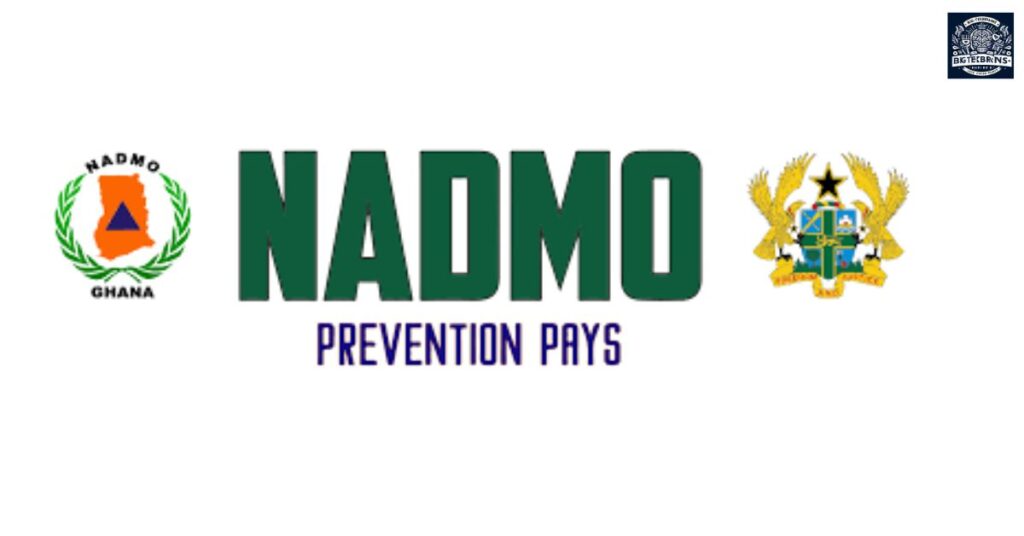Excerpt
The National Disaster Management Organization (NADMO) of Ghana plays a pivotal role in safeguarding the nation against disasters and emergencies. This comprehensive overview delves into NADMO’s job roles, constitutional mandates, leadership structure, organizational units, recruitment and promotion processes, appointment of overseers, and operational methodologies.
Job Roles and Responsibilities
NADMO’s core functions are designed to ensure national preparedness and effective disaster management. Key responsibilities include:
Disaster Prevention and Mitigation:
- Developing and implementing strategies to prevent disasters and reduce vulnerability.
Preparedness and Response:
- Coordinating emergency responses and ensuring readiness through training and simulations.
Relief and Rehabilitation:
- Providing support and rehabilitation services to disaster victims.
Public Education and Awareness:
- Conducting educational programs to raise public awareness about disaster risks and safety measures.
Research and Monitoring:
- Establishing early warning systems and monitoring potential disaster threats.
These roles are executed in collaboration with various stakeholders, including government agencies, non-governmental organizations, and international partners.
Constitutional Mandate
Established by Act 517 of 1996, NADMO operates under the Ministry of the Interior. The organization’s mandate encompasses:
Preparation of National Disaster Plans:
- Formulating comprehensive plans to prevent and mitigate disaster consequences.
Monitoring and Evaluation:
- Regularly assessing and updating disaster plans to ensure effectiveness.
Public Education:
- Implementing programs to enhance public awareness and preparedness.
Provision of Relief Services:
- Ensuring adequate facilities and resources for relief and rehabilitation post-disaster.
Coordination of Support:
- Managing local and international assistance for disaster control and reconstruction efforts.
These mandates are designed to build a disaster-resilient Ghana.
Leadership Structure and Ranks
NADMO’s leadership hierarchy is structured to facilitate efficient disaster management:
Director General:
- Oversees all organizational activities and reports to the Ministry of the Interior.
Deputy Director Generals:
- Assist the Director General in specific areas such as operations, administration, and technical services.
Regional Directors:
- Manage disaster management activities within their respective regions.
District Directors:
- Oversee operations at the district level, ensuring local preparedness and response.
Zonal Coordinators:
- Facilitate community-based disaster management initiatives.
Organizational Units
NADMO comprises several specialized departments to address various aspects of disaster management:
Operations Department:
- Coordinates emergency responses and manages the Emergency Operations Centre (EOC), which operates 24/7 to handle emergencies.
Administration Department:
- Handles human resources, general administration, and support services to ensure smooth organizational functioning.
Finance Department:
- Manages financial planning, budgeting, and ensures accurate financial reporting.
Urban Search and Rescue Unit:
- Specialized in rapid response during urban disasters, this unit comprises trained personnel ready to deploy in emergencies.
Appointment of Overseers
Overseers, such as Regional and District Directors, are appointed based on their expertise and experience in disaster management. These appointments are crucial for effective local-level disaster preparedness and response. The selection process emphasizes leadership skills, knowledge of disaster management principles, and the ability to coordinate with various stakeholders.
Operational Methodologies
NADMO employs a comprehensive approach to disaster management, encompassing:
Risk Assessment:
- Identifying and evaluating potential disaster risks to inform planning and resource allocation.
Community Engagement:
- Collaborating with local communities to build resilience and ensure effective response mechanisms.
Training and Capacity Building:
- Regular training programs for staff and volunteers to enhance preparedness and response capabilities.
Resource Mobilization:
- Securing necessary resources, including funding, equipment, and personnel, to manage disasters effectively.
Inter-Agency Collaboration:
- Working with governmental and non-governmental agencies to coordinate disaster response efforts.
Reference:
- https://www.nadmo.gov.gh/index.php/16-nadmo-departments/42-nadmo-finance-administration
- https://www.nadmo.gov.gh/index.php/news-archive/16-nadmo-departments/45-nadmo-administration
- https://nadmo.gov.gh/index.php/16-nadmo-departments/34-nadmo-operations
- https://www.mint.gov.gh/agencies/national-disaster-management-organization/

